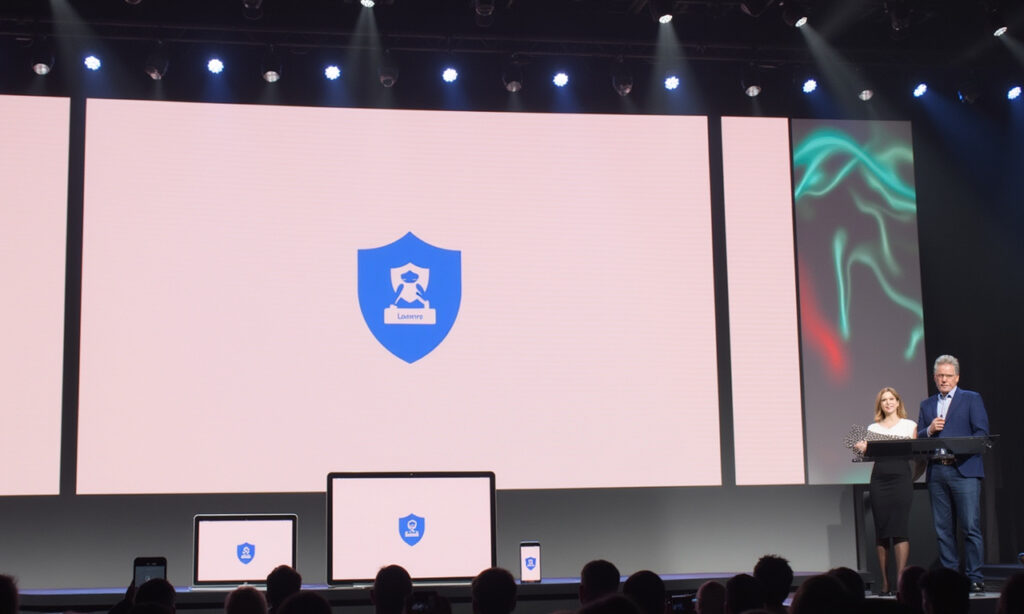Google Cloud has just unveiled a groundbreaking new security platform at its Google Cloud Next 25 event in Las Vegas, marking a significant leap forward in the realm of enterprise security. Dubbed Google Unified Security, or “GUS,” this innovative solution is designed to streamline and enhance the security posture of businesses facing increasingly complex and sophisticated cyber threats.
The Need for Unified Security
In today’s digital landscape, businesses are grappling with sprawling, complex infrastructures that expand the potential attack surface. Traditional, fragmented security tools often leave data scattered and vulnerable, making it challenging for security teams to respond effectively to threats. Google Unified Security addresses this issue by consolidating various security tools and services into a single, integrated platform.
Key Features of Google Unified Security
Integrated Threat Intelligence and Security Operations
Google Unified Security combines the company’s robust threat intelligence capabilities with its security operations and cloud security offerings. This integration allows businesses to access a unified interface for all their security data, significantly enhancing visibility, detection, and response capabilities. The platform leverages the latest Google Threat Intelligence findings and Mandiant’s expertise in threat detection and incident response to provide comprehensive protection.
AI-Powered Security with Gemini
At the heart of Google Unified Security is Gemini, Google’s advanced generative AI model. Gemini assists in streamlining investigations, automating response workflows, and eliminating operational silos. For instance, the alert triage agent, set to be available in preview during the second quarter, can automatically analyze alert context, gather relevant data, and deliver evidence-backed decisions, reducing the workload on Tier 1 and Tier 2 analysts.
Enhanced Security Operations
The Google Security Operations platform is also receiving significant updates. New data pipeline management capabilities are now generally available, helping customers manage scale, reduce costs, and meet compliance mandates. The Mandiant Threat Defense service, which includes active threat detection and hunting, allows Mandiant experts to work alongside customer security teams using AI-assisted techniques to identify and respond to threats.
Advanced Malware Analysis
Another key feature is the malware analysis agent, which will be added to Google Threat Intelligence in the second quarter. This agent can assess suspicious code, execute deobfuscation routines, and summarize its findings, providing faster and more accurate malware detection.
Protecting AI Systems and Data
Google Unified Security also includes enhanced protections for AI systems and sensitive data. The AI Protection service, with its Model Armor feature, allows customers to apply content safety and security controls to prompts sent to AI models, ensuring automatic content safety and security across multiple clouds without requiring application changes. Additionally, the Data Security Posture Management capability, set to preview in June, will support the discovery, classification, and governance of sensitive data, including AI training data.
Compliance and Network Security
The platform includes a new Compliance Manager feature that integrates policy enforcement, auditing, and monitoring into a single workflow, helping businesses maintain and prove data compliance. On the network security front, Google is enabling more flexible protections through Network Security Integration, allowing third-party network appliances to be inserted without disrupting routing policies.
User Experience and Practical Applications
Google Unified Security is designed to simplify the security landscape for businesses. By integrating telemetry from Chrome Enterprise and insights from the Security Command Center, security analysts can assess and reduce risk across every layer of the stack, including AI workloads. This unified approach accelerates decision-making and allows for proactive security postures, enabling teams to pinpoint exposures, validate protections, and improve resilience before threats materialize.
For example, companies like Charles Schwab Corp. have already seen significant benefits, with automated response capabilities dramatically reducing investigation resolution times and providing high visibility and scale across their entire computing environment.
Conclusion
Google Unified Security represents a significant stride in the evolution of enterprise security, leveraging AI and integrated threat intelligence to combat the increasingly sophisticated cyber threats of today. By streamlining security operations and enhancing detection and response capabilities, Google is empowering businesses to maintain a robust and resilient security posture in a rapidly changing digital world.
